Cathy Lin is a motion designer based in New York City, originally from Taiwan. With a background in filmmaking and motion design, she has a keen eye for capturing beauty and fluid movement between frames. She crafts stories that spread positivity with a sprinkle of humor and gentleness.
New York, United States
@cathy._.linlin | cathylinlin.com
INTERVIEW
Your journey into motion design began with a background in filmmaking. How has this experience influenced your approach to animation and visual storytelling?
Filmmaking and animation share a core foundation in storytelling. My background in filmmaking has made me pay close attention to storyboarding when working on animation projects. In film production, storyboarding is especially important because every second on screen involves significant time and resources. This taught me to make each frame purposeful and meaningful.
That mindset carries over into my motion design process. I not only create visual storyboards but also write scripts or text-based outlines to review and refine the narrative more deeply. It helps ensure the story flows clearly and every moment serves a purpose.
Filmmaking has also shaped my visual style. It encourages me to think more cinematically about composition, scene transitions, and visual symbols. I often explore different angles, pacing, and framing to enhance the emotional impact of a piece.
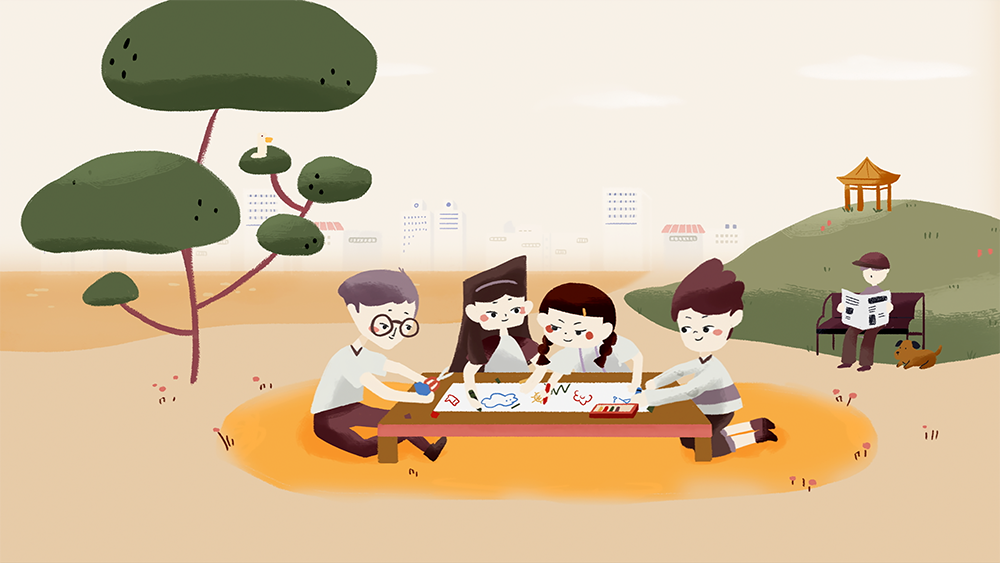
Your style is characterized by vibrant palettes and a textured, illustrative aesthetic. What sources of inspiration shape your visual language?
One of my biggest sources of inspiration is children’s books. I’ve always been drawn to the way they use color and texture to tell meaningful stories in a gentle and imaginative way.
I believe art is a tool for storytelling and problem-solving, but as artists we get to choose how we communicate. Even when dealing with heavier or more emotional themes, I’m interested in finding ways to express them with warmth and a hint of hope. Children’s books do this beautifully. They often take complex emotions and present them through vibrant visuals and thoughtful illustrations that feel approachable and sincere. That balance deeply influences the way I shape my own visual language.
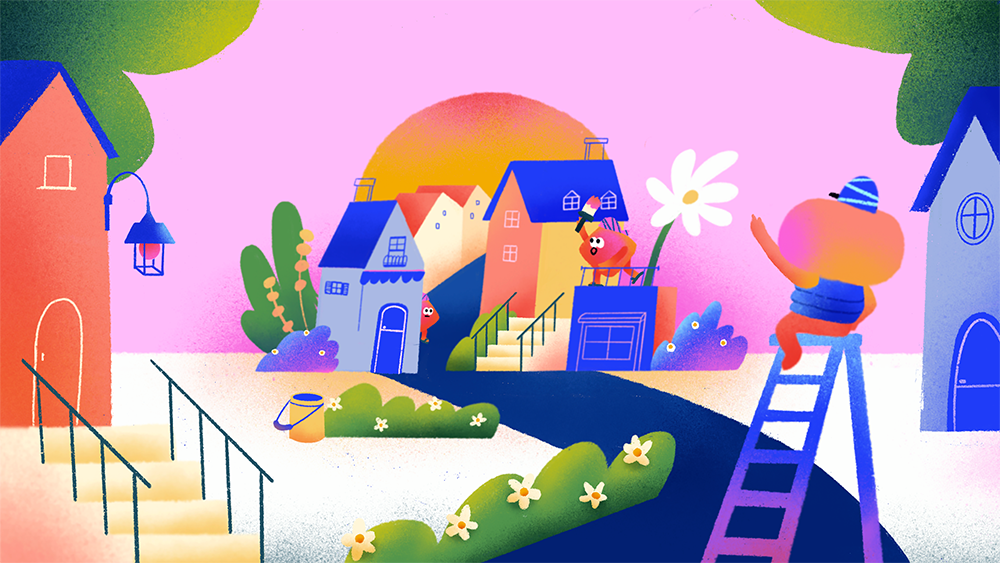
You’ve mentioned striving to find beauty in everyday moments. Can you provide an example of a project where you successfully conveyed this idea through motion?
One example is my short animation “Guilty”, which explores the quiet, often unspoken emotion of guilt, a feeling many of us carry in small moments throughout daily life. Rather than portraying it in a heavy or dramatic way, I chose a more playful and gentle visual approach to capture how this emotion quietly persists. Through fluid transitions, colorful illustrations, and thoughtful pacing, the piece conveys this familiar feeling with warmth and sensitivity.
Another example is “Fairy Tale”, a series of animations that reimagine everyday work situations through the lens of classic fairy tales. It explores the gap between idealized job expectations and real-life challenges, all while maintaining a sense of humor and charm. By using playful visuals and whimsical storytelling, I aimed to highlight relatable truths in a lighthearted way.
Both projects are rooted in my desire to observe the world closely and transform ordinary moments, whether emotional or situational, into motion pieces that are gentle, expressive, and human.
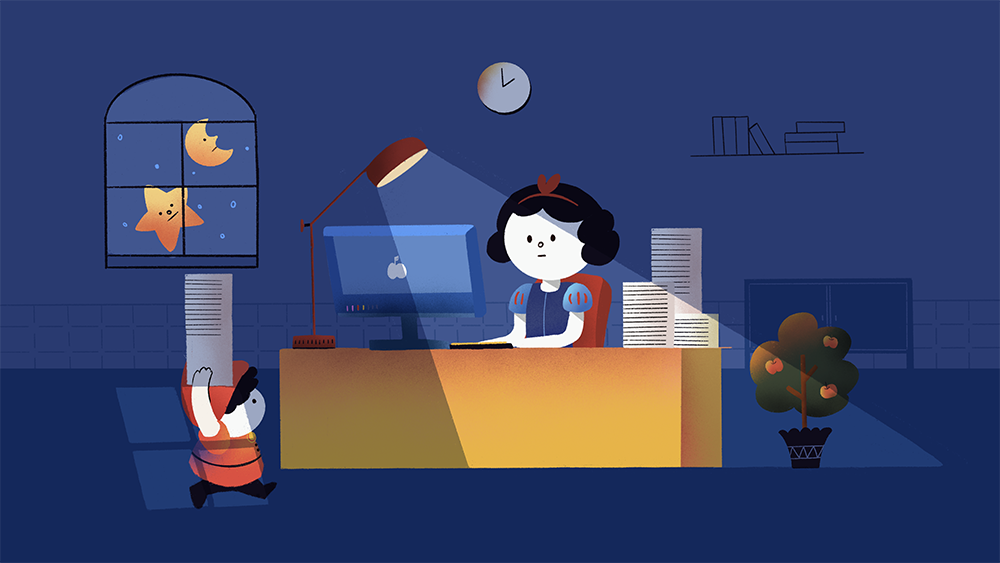
How do you balance between commercial projects and personal artistic initiatives? Do you have preferences regarding the types of projects you undertake?
Balancing commercial projects with personal artistic initiatives is something I’ve been learning to navigate over time. I view both as important but in different ways. Commercial projects often bring practical experience and the opportunity to collaborate with other talented professionals, while personal projects give me the freedom to experiment and grow creatively.
To maintain that balance, I make sure to allocate time for personal work alongside my professional responsibilities. I believe that personal projects help keep my creativity fresh and allow me to explore new ideas that I can later incorporate into commercial work. That way, I’m always challenging myself and pushing the boundaries of my skills.
When it comes to the types of projects I prefer, I’m drawn to those that allow for a balance of creativity and impact. I enjoy projects where I can bring something fresh to the table, whether it’s through innovative storytelling, unique visuals, or exploring new techniques. At the same time, I appreciate projects that have a clear purpose and contribute to something meaningful, whether it’s helping a brand communicate its message effectively or bringing a new idea to life.
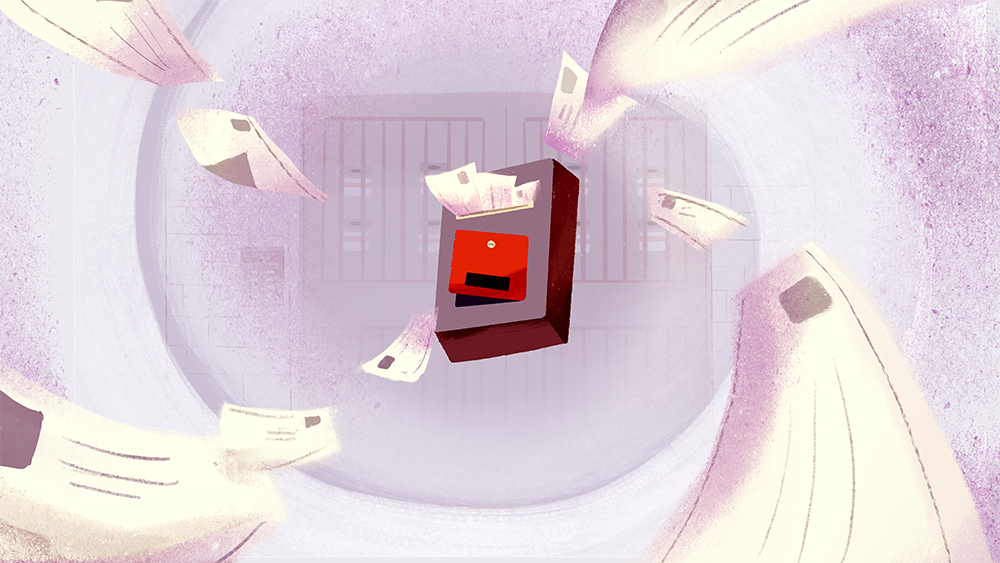
What projects or themes do you plan to explore in the future, and how do you envision the development of your career in the coming years?
The motion design industry is evolving rapidly, with new tools and techniques emerging all the time. In the coming years, I plan to focus on strengthening the skills I’ve built so far, while also staying curious and open to new developments in the field.
One direction I’m especially excited to explore is expanding from 2D motion design into 3D, interactive, and generative art. I believe these areas offer new ways to tell stories and engage audiences, and I’m interested in how combining different mediums can lead to more immersive and diverse visual experiences.
As for my career, I hope to grow not only as a motion designer but also as a creative thinker. I want to continue collaborating with people who challenge and inspire me, while also contributing my own voice to meaningful and innovative projects.
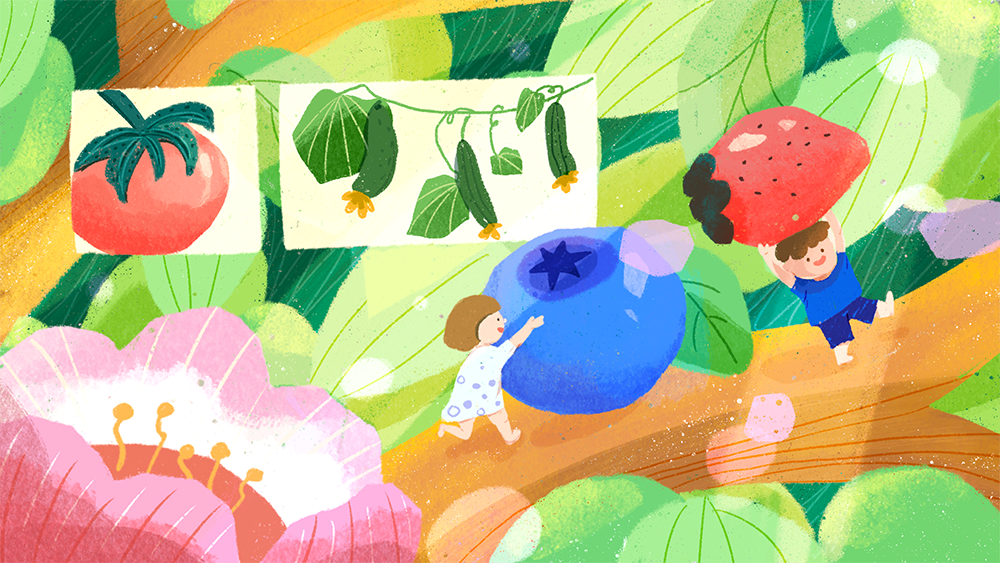
What advice would you give to aspiring designers aiming to find their unique voice in the field of motion design?
Finding your unique voice often takes time and it’s completely okay if it doesn’t come right away. I believe the journey begins with understanding who you are, what inspires you, what moves you, and what kind of artist you hope to become.
My advice would be to stay curious and open. Listen more, observe more, and embrace a variety of experiences whether they’re new, challenging, or part of everyday life.
The more you expose yourself to different perspectives, the more likely you’ll notice what consistently draws your attention or stirs something within you.
That’s often where your voice begins to take shape.
Start by exploring broadly, then gradually narrow your focus and dig deeper. Once you start to recognize what resonates with you, take time to reflect on why it does. That awareness helps build clarity and intention behind your creative choices.
And of course, keep practicing. The more you create, the clearer and more confident your voice becomes. Don’t hesitate to reach out to other artists, ask for feedback, or learn about their journeys. Those conversations can be incredibly encouraging and insightful.
Authenticity and creativity go hand in hand, so don’t be afraid to experiment and push boundaries. This approach will help you create meaningful work that resonates and stands out.